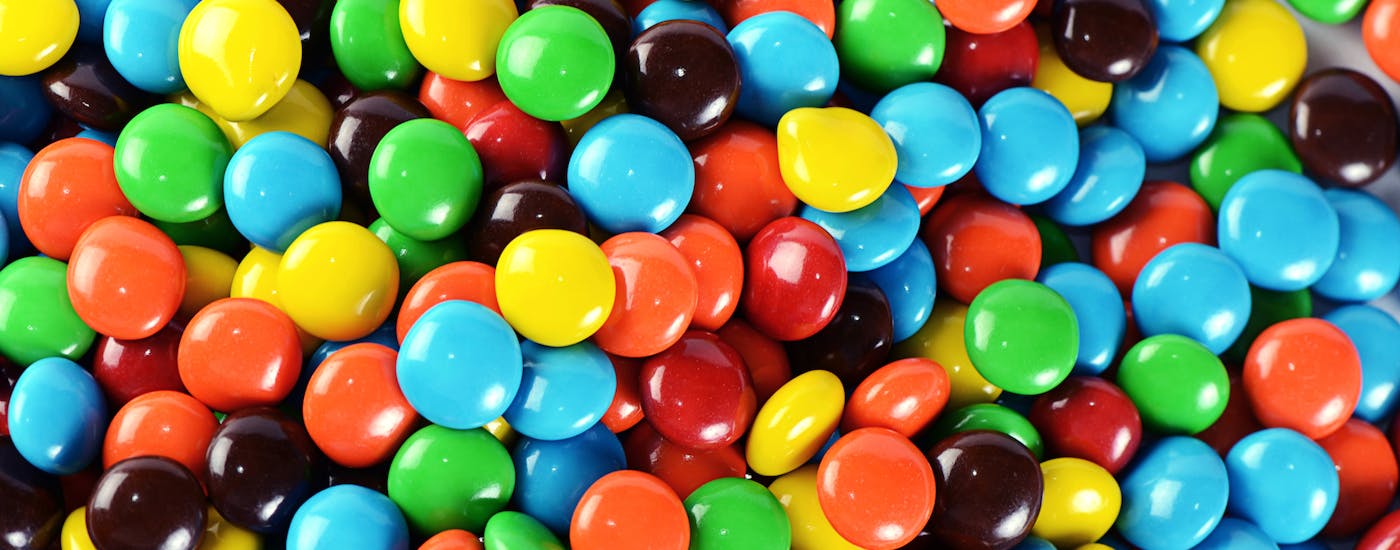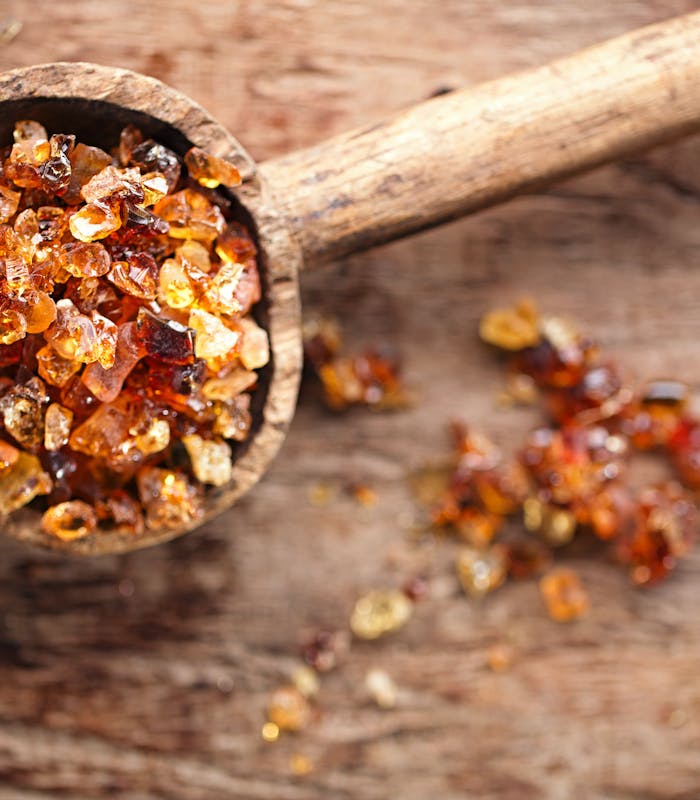The combination of film formation and emulsification makes Gum Arabic an excellent natural ingredient for applications in oil-based flavor concentrates, beverage emulsions and foams. These functionalities have facilitated the use of Gum Arabic as a replacement for other ingredients in both simple and complex emulsions following the clean labeling desire of consumers. Emulsion stability is achieved from the water phase for both oil in water emulsions and foams. The water binding functionality assists in managing quality of frozen products in both low and high total solids applications. When combined with limited viscosity development, Gum Arabic is used to extend shelf life through moisture management in many shelf-stable foods. Combining the ability to form stable thin films and the natural stickiness of carbohydrate polymer solutions provides an application for solutions of Gum Arabic to be used as natural adhesives both to hold layers of products together and to attach particles to the surface of products. Film formation functionality is also utilized to form barrier coatings most commonly in panned confections with or without chocolate.


Gum Arabic
Common Names
- Gum Arabic
- Gum Acacia
- Acacia Gum
Functionality
- Film Formation
- Emulsification
- Limited Viscosity
Quality
- 2 Grades - Premium and SB
- Powder Color
- Level of Emulsification
Applications for Gum Arabic
Botanical Sources
Gum Arabic is the dried tree sap from several species of trees found in the sub-Saharan zone of North Africa. The most common species are Acacia Senegal and Vichellia (Acacia) Seyal. Tree branches are scored to encourage the development of crystallized nodules of sap that are either collected by hand (A, Senegal) or from the ground under the trees (V. seyal). The nodules are dried, sorted for size and color and sold as a commodity. To prepare the dried powder the nodules are ground, solubilized in water, filtered, centrifuged to remove undesirable botanical material, stones and sand, pasteurized and spray dried. The solubilized material may be treated to reduce color.

Polymer Chemistry
The chemistry of Gum Arabic is complex as it is a mixture of polysaccharides and glycoproteins. The polysaccharide portion are highly branched polymers consisting of mainly arabinose and galactose but also including many other types of sugars and sugar acids. This combination results in a lower than neutral pH in water. It is the the interaction between the carbohydrate polymers and glycoproteins that is accredited with the functionality as a true emulsifier acting from the water phase in both oil-in-water and air-in-water emulsions common to food systems. The two grades vary in protein content, emulsification ability and optical rotation. Both grades also contain a diverse mineral content (sodium, calcium, magnesium, potassium, etc.).